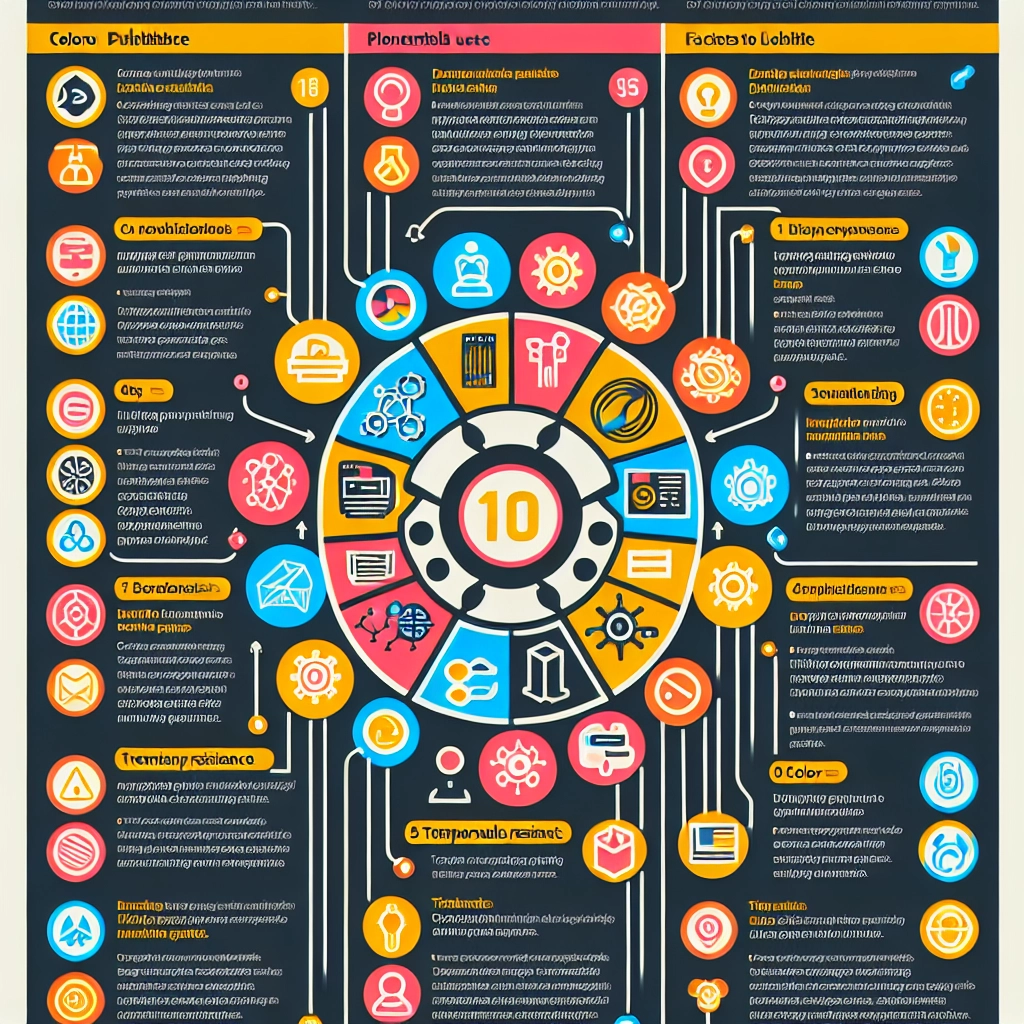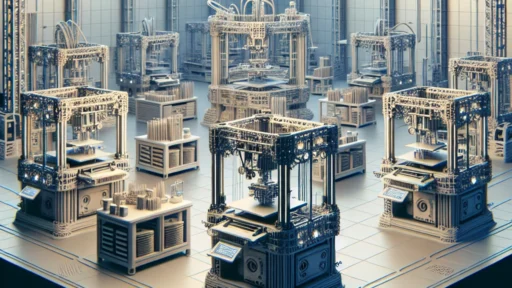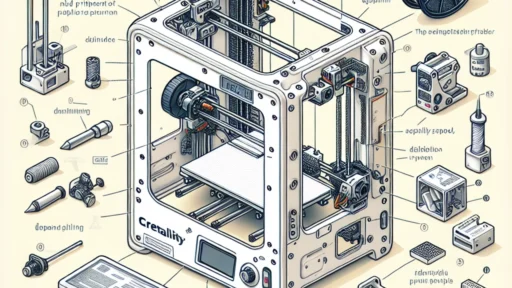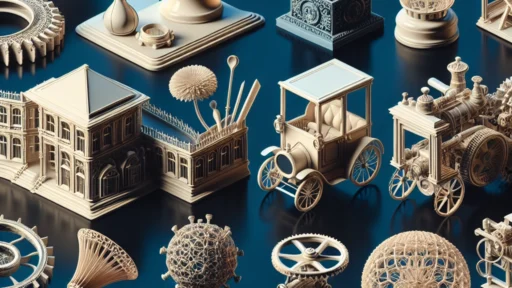10 Essential Tips for Choosing the Right 3D Filament
If you’re diving into the world of 3D printing, one of the most exciting—and sometimes overwhelming—parts is choosing the right filament. With so many options available, it can feel like you’re navigating a maze with no clear exit. But don’t worry! Whether you’re a seasoned pro or a curious newbie, we’ve compiled a list of ten essential tips to help you select the perfect filaments that will suit your projects and your printer.
1. Know Your Printer
Before you even start shopping for filament, familiarize yourself with your 3D printer. Not all filaments are compatible with every printer. Check your printer’s specifications for the recommended filament types and sizes. Most desktop printers work well with 1.75mm and 3mm filaments, but it’s always good to double-check!
2. Consider Your Prints’ Purpose
What are you planning to create? The intended use of your print will largely dictate the type of filament you should choose. For example, if you’re making a decorative piece, PLA (Polylactic Acid) might suffice, but if you’re printing something functional like mechanical parts, you might want to consider ABS (Acrylonitrile Butadiene Styrene) or PETG (Polyethylene Terephthalate Glycol).
3. Understand the Material Types
Different filament materials behave in distinct ways. Here’s a quick rundown:
- PLA: Very beginner-friendly, biodegradable, and available in loads of colors. It’s perfect for low-stress applications.
- ABS: Stronger and more heat-resilient than PLA, but requires specific printing conditions, like an enclosed printer to prevent warping.
- PETG: Strikes a balance between PLA and ABS, offering durability while being easier to print than ABS.
- TPU: A flexible filament great for prints that need elasticity—like phone cases or soft toys.
4. Look Into Filament Quality
Not all filaments are created equal. Investing in high-quality filament can save you time and provide better results. Look for reputable brands and read reviews. Cheaper filaments might seem appealing but can lead to frustration with clogs and unexpected print failures.
5. Pay Attention to Temperature Ranges
Every filament comes with specific temperature ranges for printing and bed adhesion. Make sure your printer can accommodate these temperatures. PLA generally prints well at lower temperatures (~180-220°C), while ABS needs higher temps (~220-250°C), and PETG settles somewhere in between.
6. Evaluate the Color and Finish Options
3D printing is not just functional; it can be a form of art too! Filament comes in a variety of colors and finishes. Whether you’re aiming for a sleek, glossy finish or a matte look, take your time to explore what’s available. Some brands even offer specialty filaments, like glow-in-the-dark or metal-infused.
7. Consider Ease of Use
As a beginner, you might want to start with a filament that is more forgiving during the printing process. PLA is generally considered the easiest to work with due to its low warping characteristics and minimal odor during printing. As you gain experience, you can explore more challenging materials.
8. Think About Storage Conditions
Filament can absorb moisture from the air, which can lead to print defects. If you live in a humid area, consider storing your filament in a dry box or vacuum-sealed bags. Some filaments, especially Nylon, are particularly notorious for soaking up moisture!
9. Test Small Samples First
If you’re unsure about the filament you want to use, consider purchasing small quantities or sample packs first. This way, you can test the material with your printer settings and see how it performs before committing to larger rolls.
10. Join the Community
Finally, don’t underestimate the power of community! Dive into online forums, social media groups, or local maker spaces to discuss filament options with others. Share experiences, ask questions, and soak up valuable insights from those in the trenches.
Choosing the right 3D filament can feel daunting, but it’s also a fantastic opportunity to explore the creative potential of 3D printing. By understanding your printer, the materials available, and your project needs, you can confidently make informed choices that elevate your crafting experience. Happy printing!






